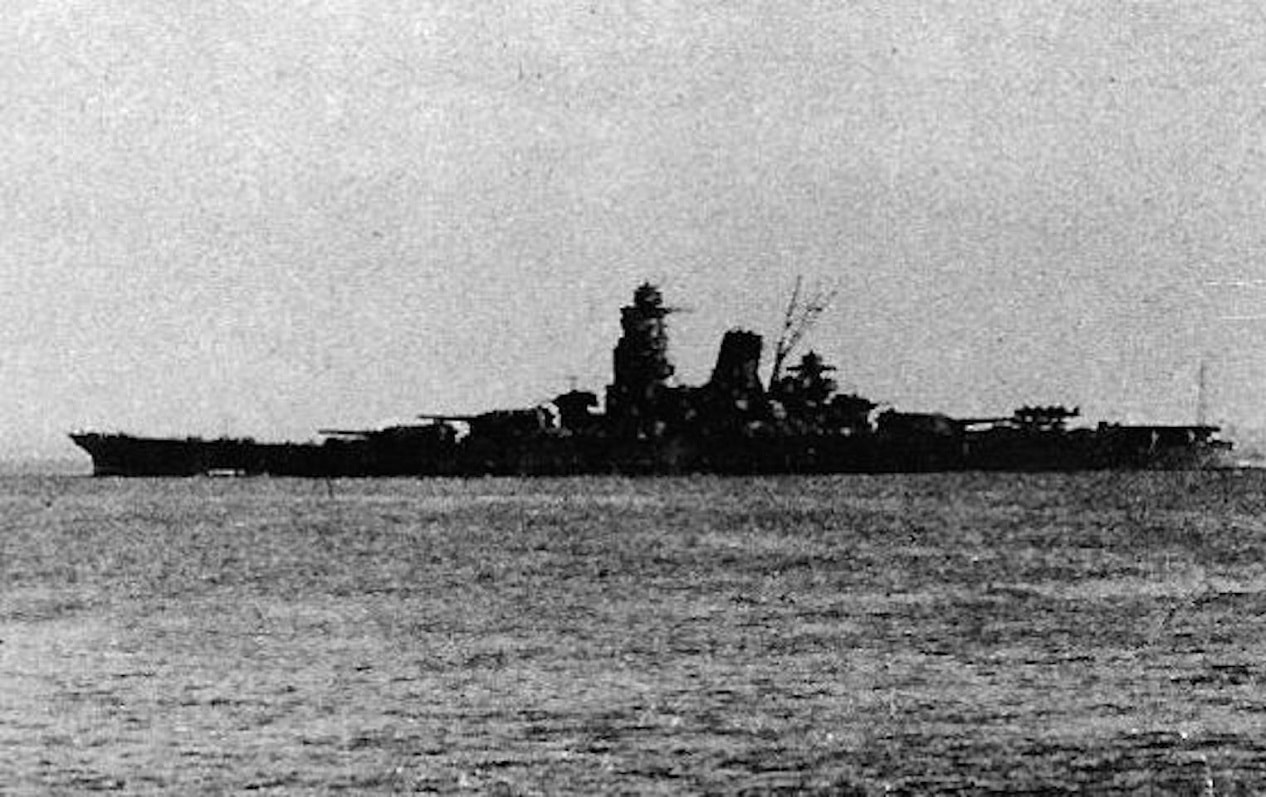Shin’yō, a 3 Minute History: Due to the Washington Naval Treaty of 1922, limits were placed on the number of capital warships that the signatory nations could possess. The goal was to stop another naval arms race following the First World War. As a result, the U.S. Navy’s Lexington-class battlecruisers were converted to aircraft carriers, as were the Imperial Japanese Navy’s Amagi-class battlecruiser Akagi and Tosa-class battleship Kaga.
During the Second World War, Japan also converted the planned third Yamato-class battleship, Shinano, to a carrier after the loss of four of her original six fleet carriers at the Battle of Midway in June 1942. In addition, three Japanese ocean liners were converted to escort carriers – but the strangest of the vessels to undergo such a conversion was the escort carrier Shin’yō, which had been also been built as an ocean liner, but in Germany.
A German Liner Become a Japanese Carrier
SS Scharnhorst was the first large passenger liner to be constructed in the Third Reich. Built by the A.G. Weser, she was launched in 1934 and completed a year later. Owned by Norddeutscher Lloyd, and serving under the German merchant flag, she was also the second liner named after General Gerhard J. D. von Scharnhorst. Along with her sister ships SS Potsdam and SS Gneisenau, the Scharnhorst was on the Far Eastern route between Bremen and Yokohama.
The ocean liner was in port at Kobe, Japan, when Germany invaded Poland on September 1, 1939 – beginning World War II. As the German Navy had no presence in the Far East to escort the civilian vessel back home, Scharnhorst was in essence trapped in Japan. Her passengers aboard the ship, as well as some of the crew, eventually made it back to Germany via the Trans-Siberian Railway through the then neutral Soviet Union.
The Japanese Navy initially offered to purchase the liner from Germany for use as a transport, but after much of Japan’s carrier fleet was destroyed at the aforementioned Battle of Midway, the decision was made to convert the vessel into an escort carrier. Work began in September 1942, after the liner was towed into the Kure Naval Shipyard, Japan.
Battleship Steel
The conversion used steel from the canceled fourth Yamato-class battleship hull. The original machinery of the liner was maintained however, while external bulges were added to increase stability. She was also fitted with two aircraft elevators and had a single hanger that gave her the capacity to operate 27 aircraft and to carry six spare aircraft frames. The conversion was completed in late 1943, and she was commissioned as Shin’yō.
At 606 feet, 11 inches in length and displacing just 20,586 tons under full load, she wasn’t a huge carrier nor was she very innovative in the design. Much like the Zuihō-class, which had been converted from submarine tenders, Shin’yō featured a flush deck design and lacked an island superstructure. Japan was desperate and needed every flat top it could produce – but it was a wasted effort.
Shin’yō joined the Japanese Navy Grand Escort Command in December 1943 under the command of Captain Shizue Ishii, and was employed as a convoy escort. She served in that capacity for a year however, and on November 17, 1944 she was torpedoed by the U.S. Navy submarine USS Spadefish. As many as four torpedoes struck Shin’yō on her starboard side, which ignited her aviation fuel tanks. She sank first into the Yellow Sea near the Korean island of Jeju. Most of her crew of 1,160 sailors, including Captain Isshii, was killed, with fewer than 200 surviving.
Peter Suciu is a Michigan-based writer who has contributed to more than four dozen magazines, newspapers and websites. He regularly writes about military small arms, and is the author of several books on military headgear including A Gallery of Military Headdress, which is available on Amazon.com.

